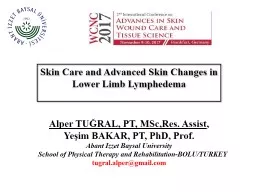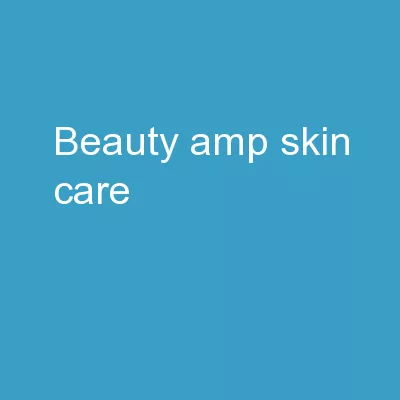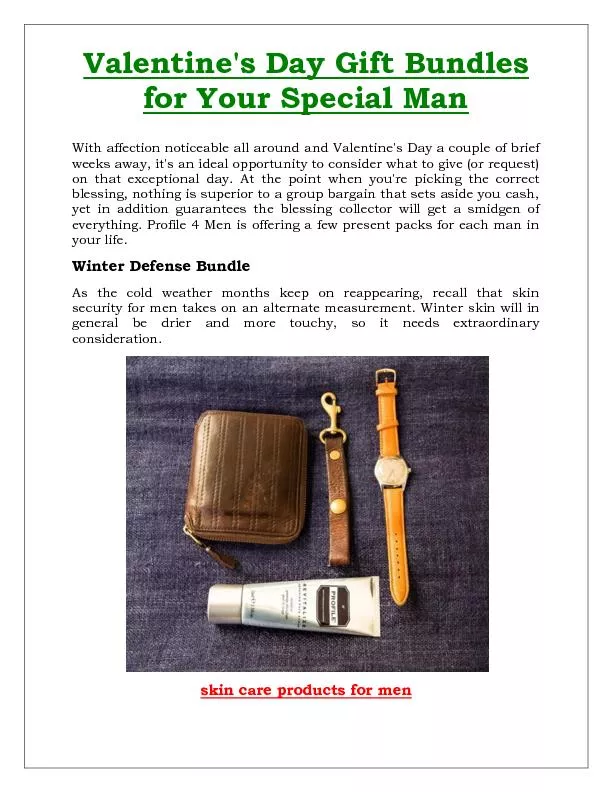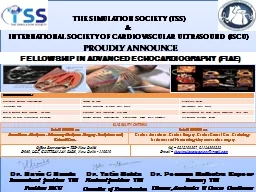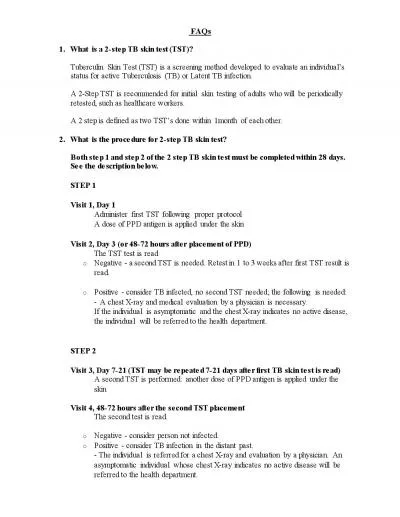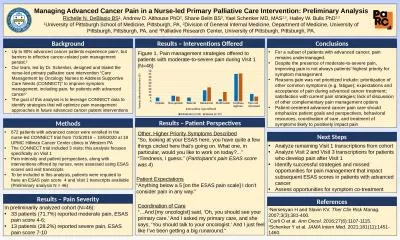PPT-Skin Care and Advanced Skin
Author : eatsyouc | Published Date : 2020-06-18
Changes in Lower Limb Lymphedema Alper TUĞRAL PT MScRes Assist Yeşim BAKAR PT PhD Prof Abant Izzet Baysal University School of Physical Therapy
Presentation Embed Code
Download Presentation
Download Presentation The PPT/PDF document "Skin Care and Advanced Skin" is the property of its rightful owner. Permission is granted to download and print the materials on this website for personal, non-commercial use only, and to display it on your personal computer provided you do not modify the materials and that you retain all copyright notices contained in the materials. By downloading content from our website, you accept the terms of this agreement.
Skin Care and Advanced Skin: Transcript
Download Rules Of Document
"Skin Care and Advanced Skin"The content belongs to its owner. You may download and print it for personal use, without modification, and keep all copyright notices. By downloading, you agree to these terms.
Related Documents

